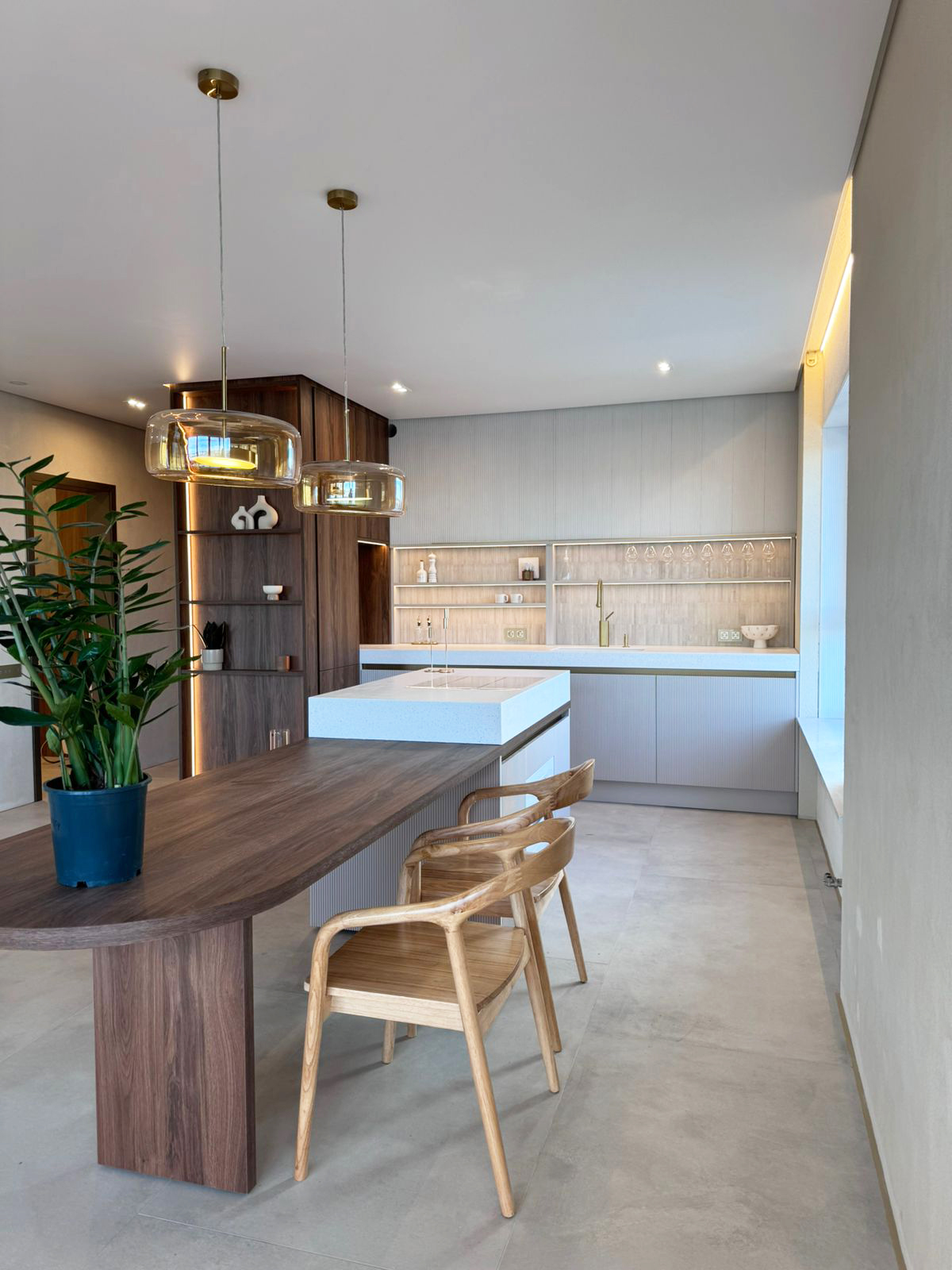
Culinary Spaces Redefined
The Evolution of Kitchen Design
In the last decade, we have witnessed a significant transformation in the design and utility of culinary spaces. No longer just utilitarian rooms for the preparation of meals, kitchens have become the heart of the home. With the integration of state-of-the-art appliances, smart technology, and open-plan living, the role of the kitchen has progressed from a secluded cooking area to a multi-functional space that encourages family gatherings and social interaction.
Embracing Technology and Sustainability
Contemporary culinary spaces are embracing cutting-edge technology and sustainable practices. Smart fridges that can inventory items and suggest recipes, voice-activated devices that provide assistance while cooking, and high-efficiency appliances that minimize energy consumption are just a few examples of how technology is enhancing our kitchen experiences. Furthermore, the use of sustainable materials and a focus on waste reduction reflect a growing consciousness towards environmentally-friendly kitchens.
Maximizing Space with Innovative Storage Solutions
As urban living spaces become more compact, the need for smart storage solutions has never been more critical. Innovative kitchen designs now feature multi-functional furniture, hidden compartments, and magnetic walls to ensure that every inch of space is utilized effectively. These clever storage ideas not only declutter the space but also contribute to the visual cleanliness and openness of modern culinary spaces.
The Rise of the Social Kitchen
As the line between cooking and entertaining continues to blur, kitchens are now being designed with social interaction in mind. Large central islands, comfortable seating options, and warm lighting create an inviting atmosphere that encourages guests to mingle and interact with the cooking process. This trend towards the social kitchen reflects the changing lifestyle of consumers who view cooking not as a chore, but as an opportunity for creative expression and social engagement.
Incorporating Nature and Biophilic Design
Incorporating elements of nature into the kitchen has become a popular aspect of biophilic design. This approach not only brings in the calming influence of nature but also improves air quality and promotes well-being. Skylights, green walls, and herb gardens are becoming commonplace in culinary spaces, blurring the lines between the indoors and outdoors and fostering a healthier, more restorative environment for cooking and dining.
Personalization and Unique Aesthetic Choices
The modern culinary space is often a reflection of personal taste and style. From vibrant backsplashes to bespoke cabinetry and artisanal fixtures, homeowners are seeking unique ways to personalize their kitchens. This has led to an expressive and eclectic mix of textures, materials, and color palettes, allowing individuals the freedom to design a space that truly represents their personality and preferences.
Conclusion: The Future of Culinary Spaces
As we look towards the future, it is evident that culinary spaces will continue to evolve, embracing new technologies, designs, and cultural shifts. The redefinition of the kitchen as a multi-sensory experience space invites us to rethink our relationship with food, cooking, and social interactions. With a strong focus on personalization, sustainability, and sociability, the culinary spaces of tomorrow promise to be innovative, inclusive, and inspiring domains that cater to a diversity of needs and desires.
``` Remember to encapsulate this HTML content within the necessary document structure (`, , , etc.) when integrating it into a webpage.